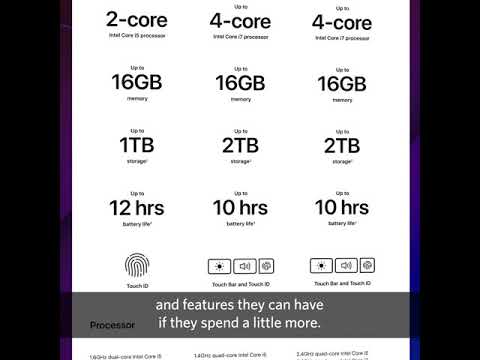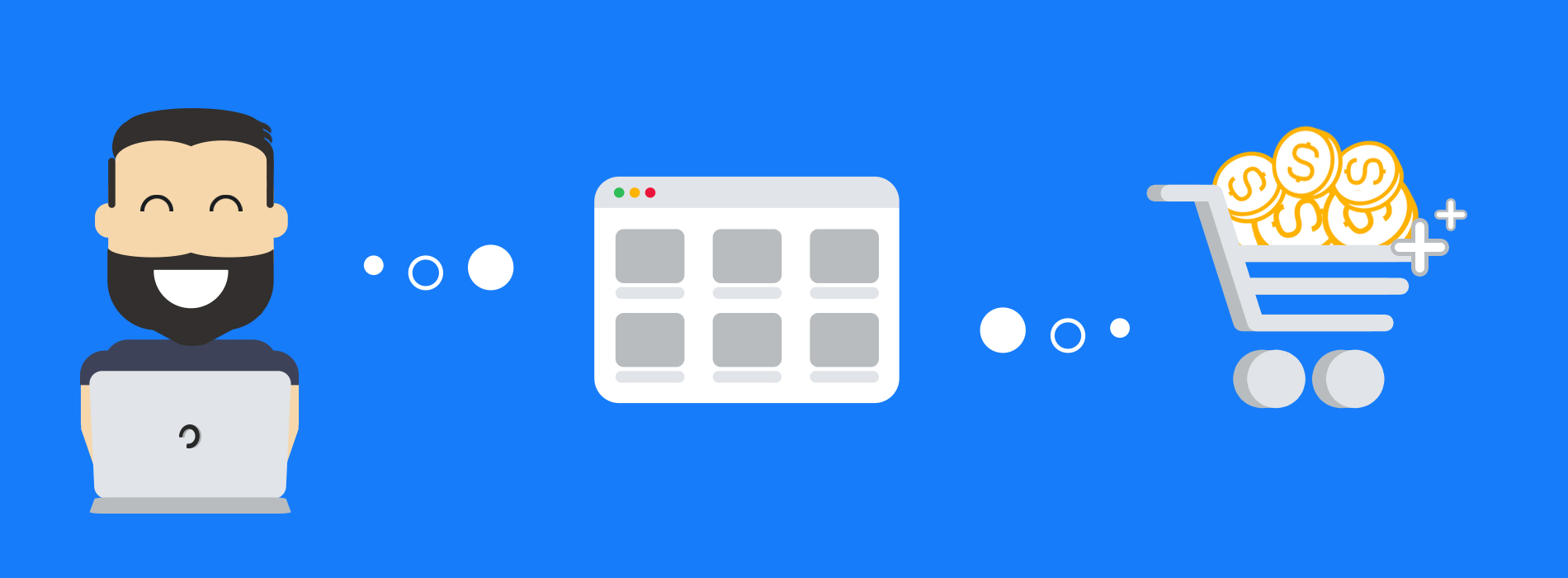If your ecommerce business offers a separate service or product that can improve or enhance a consumer’s initial purchase, cross-selling and upselling is a great opportunity to boost those sales. A customer’s order value doesn’t have to end at the point of a purchase.
SaleCycle explores cross-selling and upselling, along with some key examples, to help you further understand these essential sales tactics.
What Is Upselling And Cross Selling?
Before we get into using upselling and cross-selling techniques, and how they can increase the average order value (or AOV) of your customers baskets, let’s break down exactly what upselling and cross-selling is – and more importantly, how it can bode positive results for your ecommerce business.
Upselling
Upselling can be described as the practice of inviting the customer to purchase a higher-end or premium version of the item they were already planning to buy, to make a sale more profitable for your business.
This tactic may seem bold since it’s a clear strategy for customers to spend more money than they had originally anticipated – however this is easier to carry out online when the customer has more time and opportunities to choose freely, making them feel more in control when making that more expensive purchase.
Cross-Selling
Cross-selling encourages customers to buy complementary or related products to the ones they are/ have already purchased. For example, a restaurant or online fast food website asking if you want any sides with your meal.
Relativity is key to cross-selling items, and this example is just one of the many popular cross-selling techniques that are used on a daily basis as this tactic can be easily used across a whole range of businesses and brands.
What is the difference Between Upselling and Cross Selling?
Upselling and cross-selling have the same goal in common – to boost the order value (or AOV) of a customer’s basket and therefore increase profitability for the merchant. These techniques – upselling and cross-selling – can work in tandem with each other, as they can both be weaved into any sale or offered throughout the consumer’s shopping session.
However, the main difference between upselling and cross-selling is the customer’s intent to buy. When a shopper is cross-sold any additional items, there was no intention of buying them before. In contrast, with up-selling, a shopper was already committed to a sale.
Each of these strategies work well for ecommerce, but when used together skillfully, they can positively impact sales.
What is the Upselling and Cross Selling Process?
So exactly when and where does upselling and cross-selling work depending on your brand and business?
Cross-selling and upselling in ecommerce can happen both throughout the customer’s browsing session and during the checkout process of the initial sale. Choosing where and when you can put forward upselling and cross-selling opportunities is all down to knowing your customer.
For example we see that most clothing brands, including ASOS and Zara, now offer a ‘Shop the Look’ option. This is where customers can be inspired to select and add more clothing items to their baskets to create a full outfit. This is a great cross-selling technique which assists the customer by building on their customer journey, and improves their ecommerce experience by helping them to complete that perfect outfit. And on the business side, you’re boosting their AOV and creating a loyal customer all at the same time.
Other clothing cross-selling processes include ‘’Why Not Try?’’ or ‘’Customers Also Bought’’ sections on the item’s dedicated webpage – tempting customers to add more items to their baskets, or even decide to upsell to a higher rated product or item with the addition of customer reviews.
It’s important to provide those options during key pages on your ecommerce site – such as the item’s dedicated page or the checkout page – to grab a customer whilst they’re already at a decision-making point in their customer journey.
Why Upselling and Cross-Selling Is Important
The main premise of upselling and cross-selling is to boost revenue for your business and increase profits. However, money isn’t the only perk to upselling and cross-selling. As mentioned – when used appropriately – these tactics are also about providing an avenue of customer service to clients.
When offering a variety of relevant options for the customer, a ‘’personal touch’’ is instantly added to their customer journey, encouraging and enhancing that brand to buyer trust and appreciation. This leads to an increase in customer lifetime value: When exposed to relevant item suggestions, consumers are more likely to return to your site and buy more often from your brand.
Upselling and Cross Selling Examples
For any unanswered upselling and cross-selling questions, this SaleCycle explainer video explores how and when to cross and up-sell to customers.




[transcript]
Cross-selling and up-selling is about persuading customers to add additional products to their order, or to buy a more expensive item than the one they’re considering.
The key to success here is to pick the right time to cross or upsell, when the customer is likely to be most receptive.
Loyal customers – those that have purchased recently and frequently – are likely to respond well to upselling and cross-selling. This group spends more, and their loyalty demonstrates an affinity with your brand and products.
This segment can be targeted with post-purchase emails, or identified on repeat visits and served with personalised upsell recommendations.
The best cross-selling and upselling will use customers’ purchase and browsing history to deliver relevant product offers.
Another time to target customers is during the consideration process. For instance, when browsing the site and viewing product pages.
For example, Apple takes customers through these pages where its Macbooks are shown side by side.
So, if customers are thinking about a cheaper model, they may be persuaded to upgrade after seeing the extra performance and features they can have if they spend a little more.
Apple also uses price anchoring, which is another good upselling tactic. By presenting three models and prices side by side, it can make the middle option seem like a good deal.
Customers that have entered the checkout can also be persuaded to add more items to their basket.
Products need to be relevant to the purchase – memory cards and cases for digital cameras, for example – and they should not interrupt the checkout process.
The common factor for effective cross and upselling here is relevance.
Recommended products should be related both to customer preferences and to the products they’re considering.
Speak to an expert
Learn how to convert your online audience into revenue with our experts.


Casey Turnbull
Casey is a Fashion Journalism graduate & ecommerce marketing executive at SaleCycle. Casey is committed to producing high quality content backed by in-depth research and data. She has experience developing content in a range of sectors including fashion, ecommerce and sports.
![How to Identify Upsell & Cross-Sell Opportunities [With Examples]](https://www.salecycle.com/wp-content/uploads/2018/06/identify-up-cross-sell-customer.png)








![Valentine’s Day Ecommerce Tips and Trends [2024 Strategy]](https://www.salecycle.com/wp-content/uploads/2019/01/valentines-ecommerce-1.png)




![How SaleCycle helped Vodafone increase their online sales by an additional 2,000 additional sales per month [Extended Version]](https://www.salecycle.com/wp-content/uploads/2023/08/vodafone-banner.webp)





